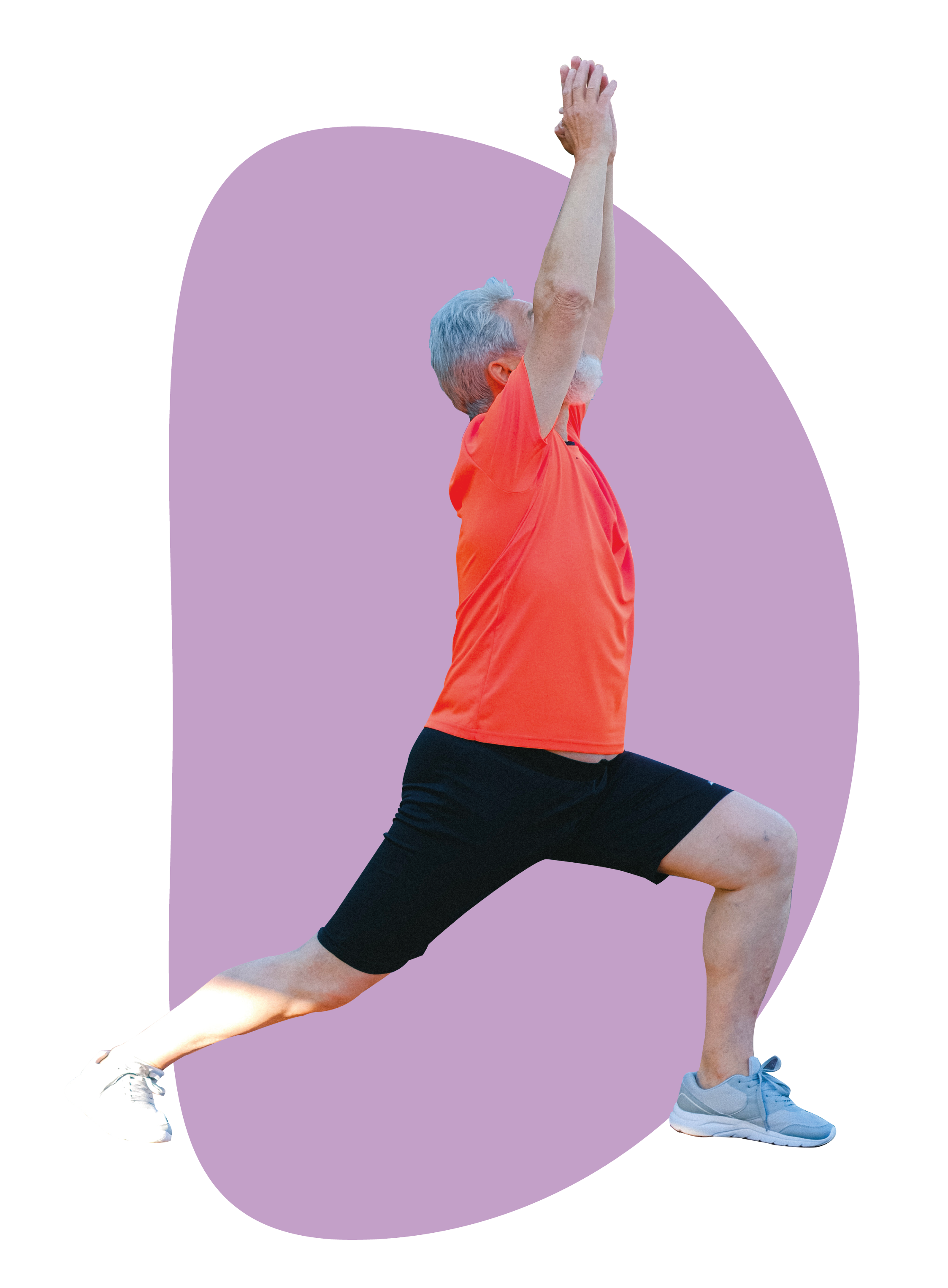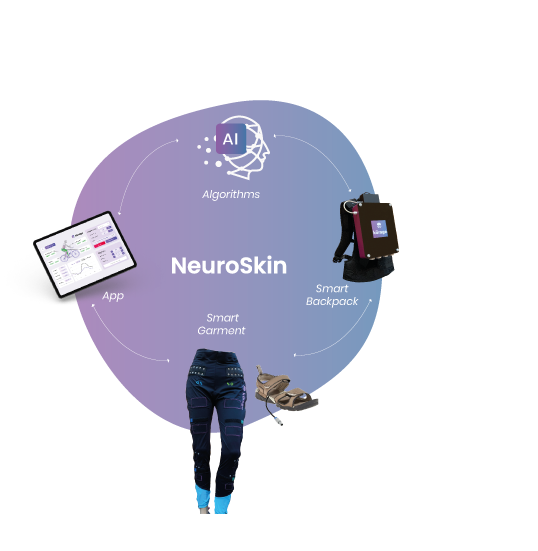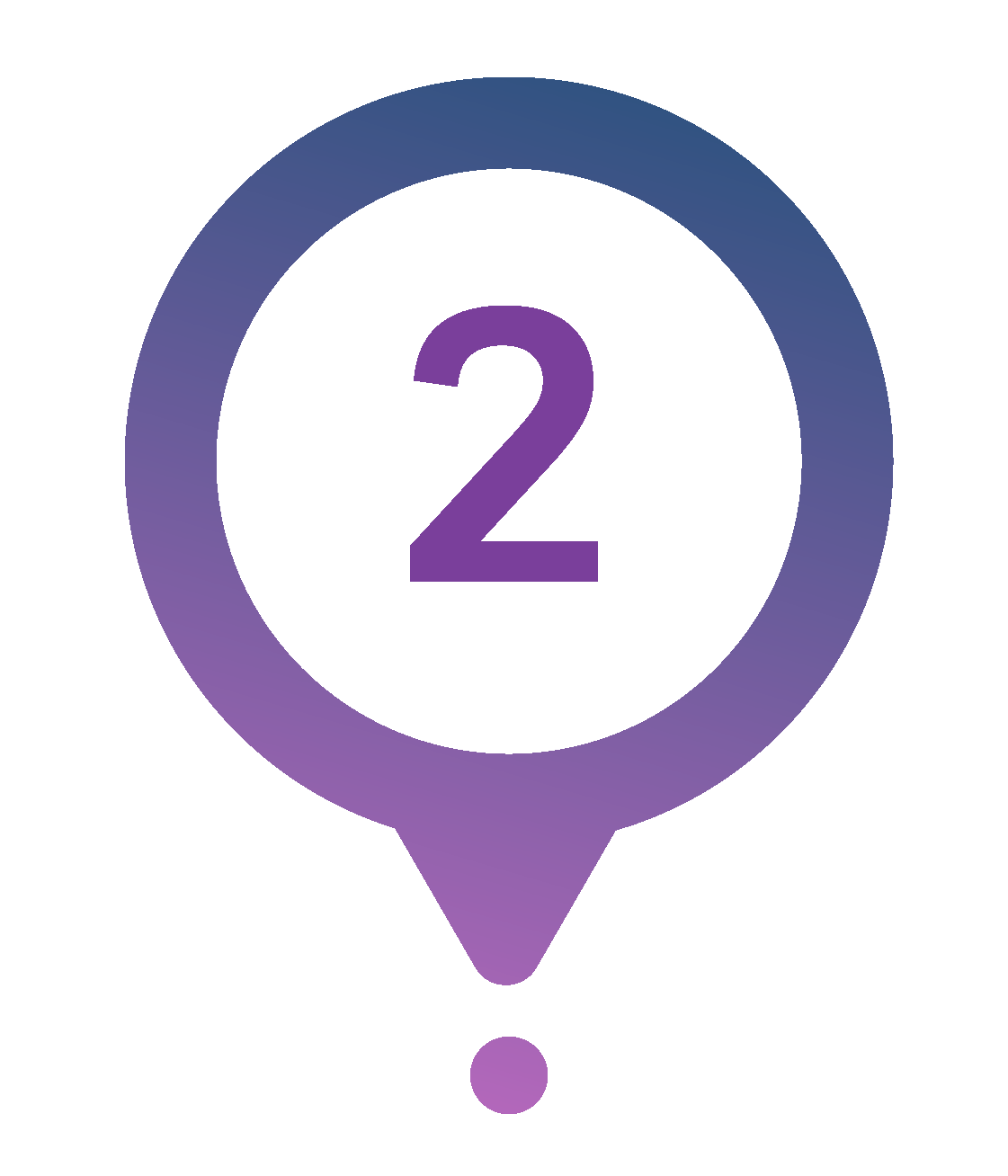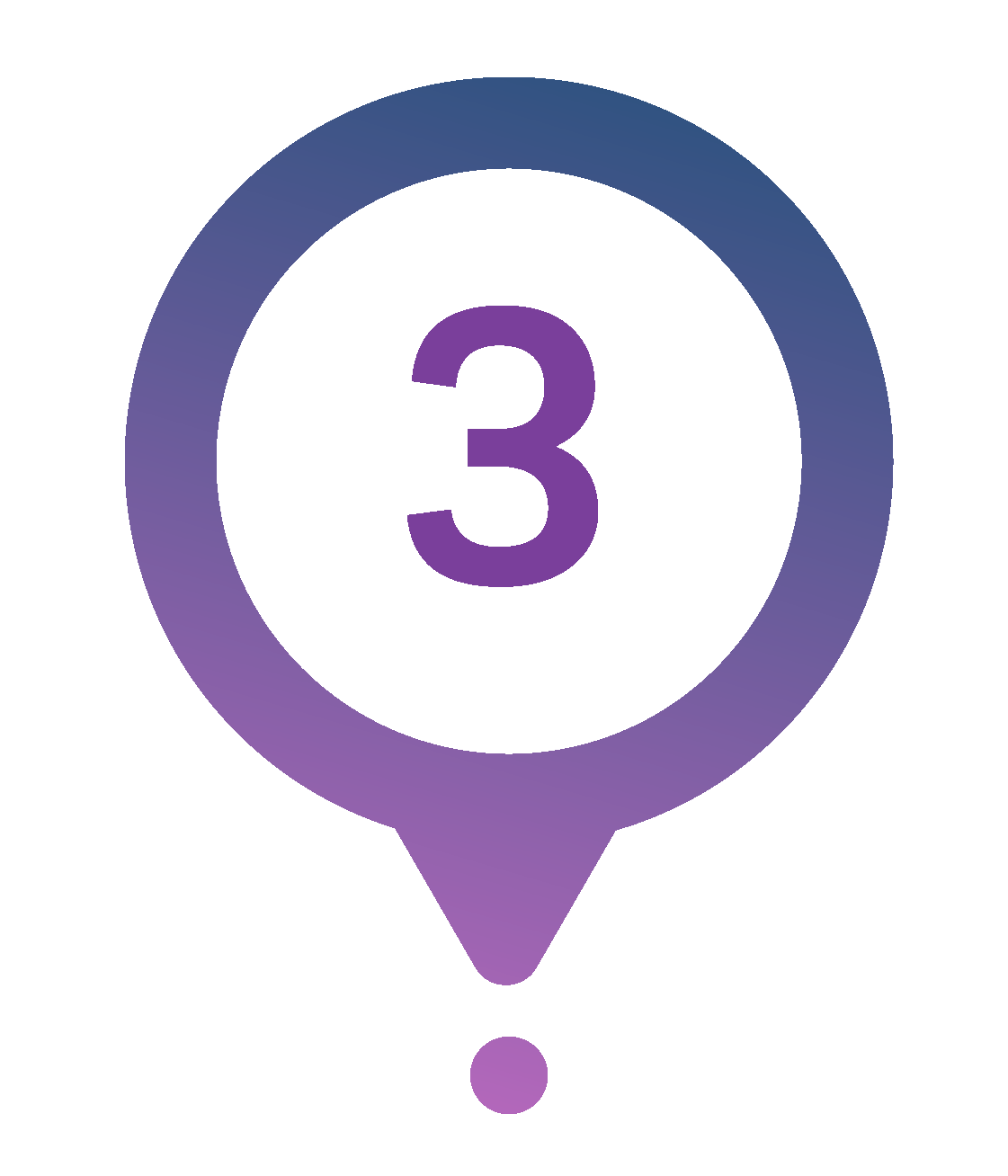Finding a suitable sport after a stroke
The Kurage solution participates in the neuromotor rehabilitation of hemiplegic people with a playful system that is easy to install on a daily basis.
The benefits of adapted sport after a stroke

Physical benefits
Practising an adapted physical activity after a stroke gives hemiplegic and hemiparetic people the opportunity to remobilise their paralysed side.
In secondary prevention, physical activity, when coupled with a healthy lifestyle and good control of cardiovascular risk factors, is the best long-term prognostic factor with a reduced risk of stroke recurrence..
Post-stroke patients are generally inactive and sedentary due to functional sequelae and their pre-event lifestyle. This affects their physical capacity and quality of life, worsens their cardiovascular risk factors, and increases the risk of recurrent stroke and other vascular damage (coronary, peripheral arteries).
After a stroke, the practice of a sport adapted to the individual capacities of the patients is recommended. It has beneficial effects on health, reduces disability and improves quality of life.
Adapted sport after a stroke
Physical activity adapted with Kurage training will increase :
- The beneficial effects on the neuroplasticity (capacity of the brain to reorganise itself after a lesion) of the cerebral areas involved in cognitive functions
- Functional recovery, particularly neuromuscular recovery, and apparently the structural strength of bones, which are often weakened after a stroke
- Cardiorespiratory capacity of post-stroke patients
- Reduced risk of depressive syndrome in post-stroke patients

The advantages of functional electro-stimulation

An amplification of the beneficial effects
When a muscle is involved in learning a new task, the excitability of the corresponding motor cortex increases. It has been shown that the repetition of a simple movement for 15 to 30 minutes can lead to a transient reorganisation in the network of connections within the motor cortex. The more complex the task to be repeated, the greater the cortical excitability./span>
Numerous studies have shown that electrostimulation (FES) facilitates the relearning of motor tasks such as walking or grasping. (Source HAS, 2012, 2018, Cochrane). The Kurage solution allows a return to mobility while reinforcing these effects.
Bike training is used daily in stroke rehabilitation programmes.
By adding electrostimulation of the muscles of the lower limbs during the bike training, the effects on walking, motor strength and balance are amplified (Ambrosini, 2011,2016; Bauer 2015;Veldema 2020).
What are hemiplegia and hemiparesis?
Stroke is the leading cause of acquired disability in adults. Total or partial paralysis of one side of the body (upper limb, lower limb and face) known as hemiplegia or hemiparesis depending on its severity, has varying causes, the most common of which is stroke.
In the case of total hemiplegia, the upper limb, lower limb, trunk and face are paralysed. The recovery of functions such as walking or arm movements, as well as speech and comprehension, varies greatly from one individual to another. This depends on age and brain damage. The factor of malleability, i.e. the plasticity of the brain, plays a very important role here.
Kurage gives back mobility to those who have lost it
Other pathologies supported by Kurage
Contact us
Discover Kurage products and services. Ask us for more information.
Follow Us



